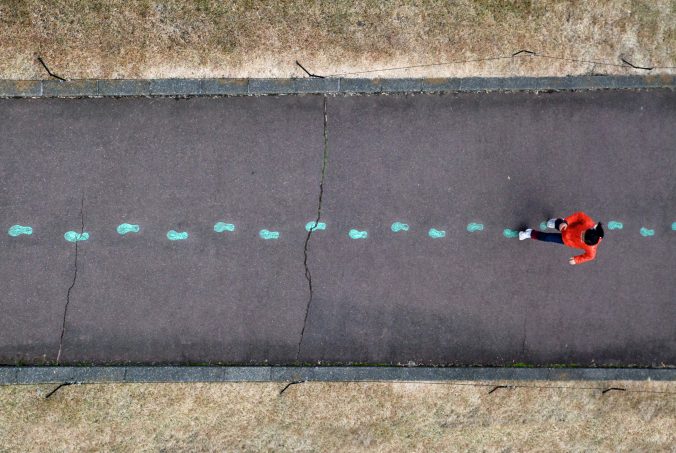I was really interested in this weeks topic, which is inclusivity and how to make education accessible for everybody. Inclusive education means all students learn together in the same classrooms, with tailored support to meet diverse needs. It rejects segregation and instead adapts mainstream schools to accommodate everyone. I did some research and there is barriers to inclusive education, not only global commitments , many challenges persist systemic Issues, like lack of Infrastructure, Many schools lack ramps, braille materials, or hearing loops. Or teacher Preparedness, some educators often lack training in inclusive teaching methods.
More importantly, is how to make education more inclusive? Base on the research I did:
A. Policy & Systemic Changes
- Enforce Inclusive Laws (e.g., Philippines’ RA 11650 mandates Inclusive Learning Resource Centers for students with disabilities).
- Universal Design for Learning (UDL): Curricula should be flexible (e.g., visual, auditory, and kinesthetic options).
- Teacher Training: Workshops on sign language, braille, and adaptive tech (e.g., Nigeria’s Jakande Academy trains teachers in inclusive digital tools).
B. School-Level Strategies
- Accessible Infrastructure:
- Ramps, elevators, and sensory-friendly classrooms.
- Assistive tech (e.g., speech-to-text apps, screen readers).
- Peer Support Programs:
- Buddy systems where neurotypical students assist peers with disabilities.
- Individualized Education Plans (IEPs):
- Custom learning goals for students with special needs.
I think Inclusion is a right, not a privilege—laws must be enforced.
Teacher training is critical—educators need skills to support diverse learners. Technology helps bridge gaps—AI, speech-to-text, and digital hubs are game-changers. Social change is needed—combat stigma through awareness and community programs.
As UNICEF states, “Inclusive education is the most effective way to give all children a fair chance to thrive” . So my final though is, by adopting these strategies, we can move closer to education for all—where no learner is left behind.
It is nearly the last week of the semester. Although I was very sick for 3 weeks, I still enjoy all the readings and researches in the course. Thank you so much.
References
- Barnes, C. L. (2016). Where’s the teacher? Defining the role of instructor presence in social presence and cognition in online education. Humanizing Online Teaching and Learning. https://humanmooc.pressbooks.com/chapter/wheres-the-teacher-defining-the-role-of-instructor-presence-in-social-presence-and-cognition-in-online-education/
- Chrysafiadi, K., Virvou, M., Tsihrintzis, G. A., & Hatzilygeroudis, I. (2023). An adaptive learning environment for programming based on fuzzy logic and machine learning. International Journal on Artificial Intelligence Tools, *32*(4), 1–18. https://doi.org/10.1142/s0218213023600114
- Damascus University Research Team. (2025). A study on adaptive learning systems (ALS) and their impact on higher education through AI-driven curricula. Journal of Educational Innovation, *7*(2), 45–60. https://www.damascusuniversity.edu.sy/index.php?lang=2&set=4&type=1&id=8110
- Li, F., & Long, Z. (2020). From the model of adaptive learning recommendation to the one of adaptive learning pulling: The research trend of adaptive learning in the age of “Intelligence+Education.” Distance Education Journal, *6*, 22–31.
- UNICEF. (2023). Inclusive education: Ensuring access and equity for all children. https://www.unicef.org/education/inclusive-education
- Zhu, J., Gu, X., & Dai, J. (2022). Personalized recommendation in the adaptive learning system: The role of adaptive testing technology. Journal of Educational Computing Research, *60*(3), 789–812.

Recent Comments